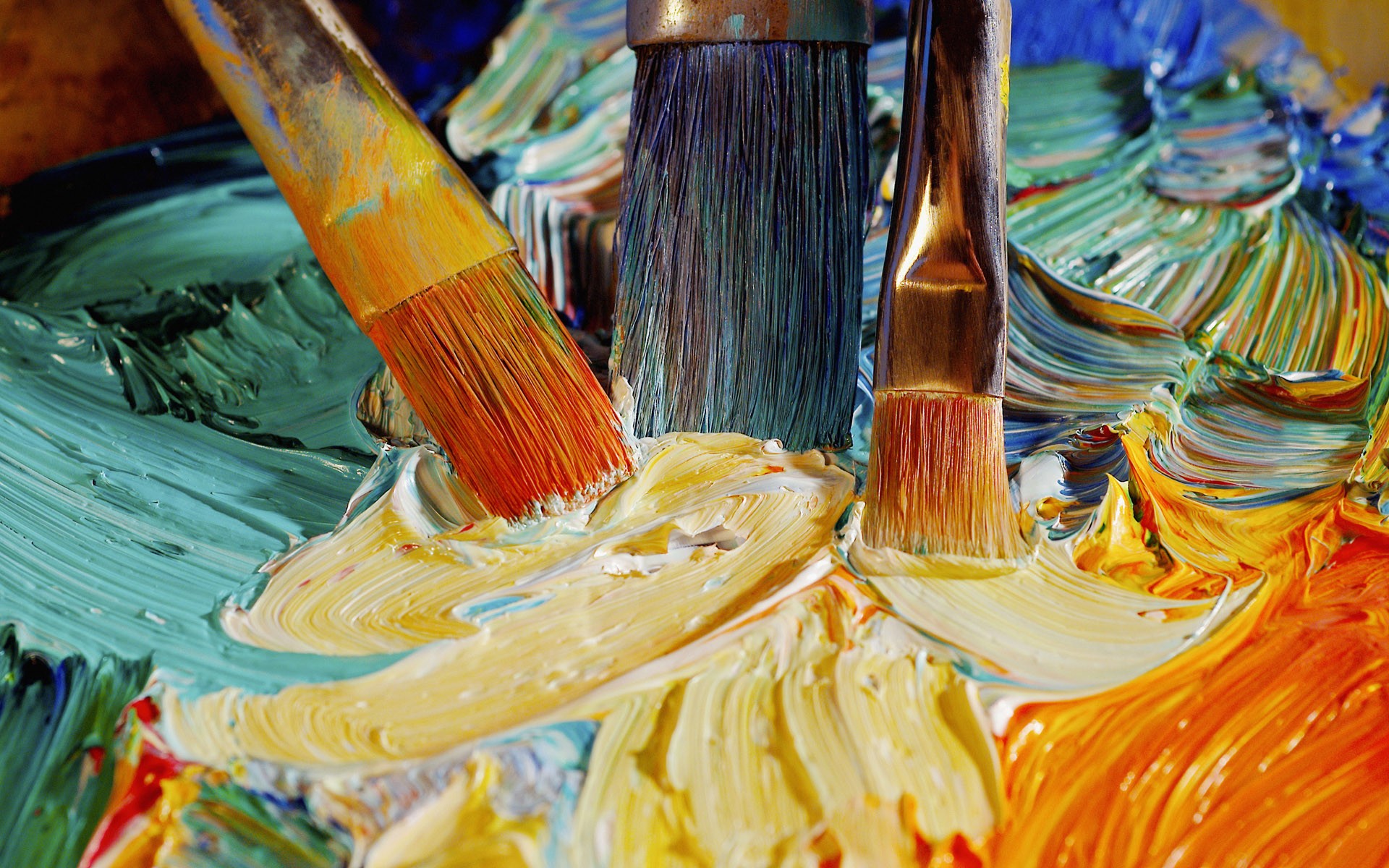When someone is addicted to drugs or alcohol and can’t get over the addiction alone, one of the options is therapy. There are traditional methods of therapy that include rehab facilities where someone will stay for a short amount of time or up to a few months in order to learn how to deal with the issues causing the addiction. Another option is art therapy for addiction. This is something that can be done in the home, but there should be some kind of supervision by a doctor to make sure the person is learning how to use positive techniques to get over the drug use.
Art therapy is often a fun way for those who are addicted to drugs to overcome their battles. It offers a way for them to express their feelings in a healthy manner instead of lashing out at family and friends or stealing in order to get money for the drugs that they have used. Art doesn’t have to be the typical painting or coloring that one might expect, either. It could include singing, dancing or playing a musical instrument. Each art form is a way of expression so that the person has something to do besides turning to drugs. If there are family issues that have led to the drug abuse, then drawing might be a way to let someone know what has happened if the person doesn’t want to talk about the situation. This sometimes works well with younger individuals.
Some people can’t seem to find the right words to say to a counselor or a doctor. They don’t have a way to express their true feelings as they’ve never had someone who would listen to what they have to say. Once the art has been created, it gives the person a chance to talk about what has been drawn. This can help in opening up about any kind of abuse or other difficulties, such as a job loss, that could have led to the person turning to drugs or alcohol. Once a counselor or doctor knows why the person is using drugs, then it will be easier to help develop a treatment plan.
There are three different types of art therapy. One is the Gestalt method. A therapist will help the person deal with current feelings through drawing. Conversations can be started about what has been drawn from the artist’s point of view. The therapist can then ask questions that might lead to further discussion. Active imagination is when the artwork is used as a starting point instead of probing from the beginning about wy the person is using drugs. This is a method where someone will let the mind become free of other thoughts. It’s often a way for someone to think about the past and what the person wants in the future. The therapist can then help discover ways to achieve those goals.
A “Third Hand” approach is when the therapist offers a few ideas on how to get started with the art. The person is free to create various pieces of art, but the therapist will ask questions and want to know a little about the personal life with the answers being given through an art form. There is more prompting from the therapist with this method, and it should be reserved for those who aren’t really sure what to freely talk about or those who simply won’t open up about drug abuse.
Those who are addicted to drugs can use any kind of art to open up about why they feel the way that they do in life. Family and friends can look at the art to see what the person is thinking, which can lead to them being able to help with the recovery process. The person can look at the inner life instead of an outer layer that is seen by others. If the person can figure out why drugs are an option when other methods of dealing with pain are not, then the healing process can begin, and the drugs can be set aside. There are some people who use drugs for recreation as well, but if they are taking over the entire life, then art can be a way to give other activities instead of turning to alcohol or drugs for fun.

